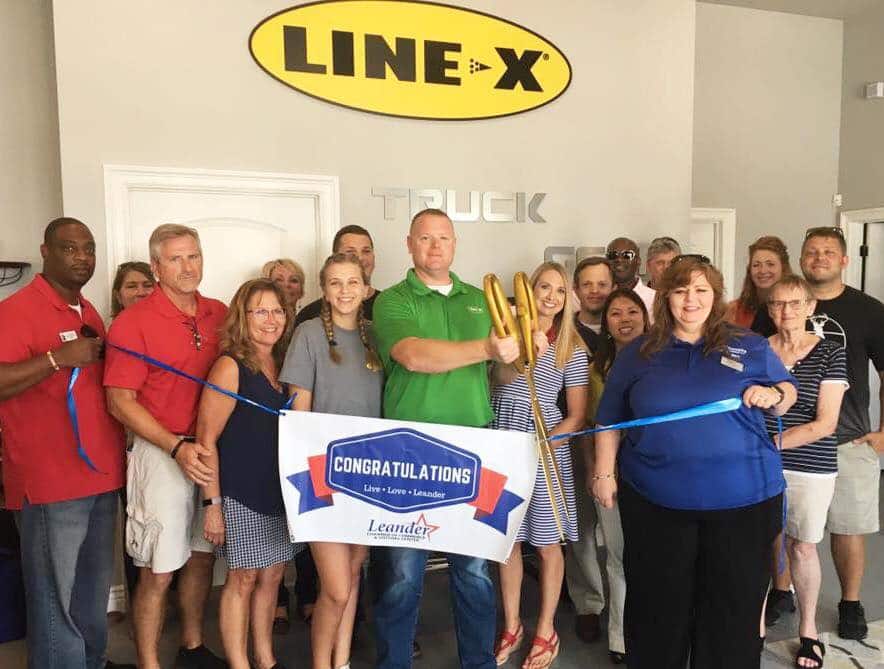All a Buyer Needs to Know About Land Loans – Part II

Land loans are used to purchase land without a house on it.
In Part II of our series, we’ll further expand on the fundamentals of land loans:
- Pros and cons of land loans
- You made your land purchase — now what?
Pros and Cons of Land Loans
Pros of Land Loans
You can build your dream home from the ground up. Purchasing land gives you the opportunity to start from zero and build a brand-new home that is precisely as you want it.
Develop at your own pace. If you pick a raw land loan, you can postpone building on the property until you are ready to move forward. Our loan terms for lot loans are 3 to 12 years, giving you plenty of time to obtain house plans and to finalize the plans and budget with the builder.
At that point, you can secure a construction loan.
Options with a single closure simplify construction. Construction loans have the benefit of financing your land purchase and the cost of new construction, transforming into a conventional mortgage when you’re ready to move in. This is useful if you’re ready to start building. Since you’ll just close once, the procedure will be simpler.
Cons of Land Loans
It might be harder to market raw land. Purchasing land can carry greater risk than purchasing a home, particularly if the economy isn’t doing well.
Land does not increase in value in the same manner as renovated property. Raw property is harder to sell than upgraded property when economies go “soft.”
Land may not be buildable. If you intend to construct a home in the future, especially if you’re purchasing unimproved land, you must confirm that the property can support a home. Do your due diligence! You’ll want to confirm road access, utility hookups, zoning requirements, and more.
You’ll face tougher qualifying criteria. A land loan can be more difficult to obtain than a conventional mortgage. Historically, borrowers looking to qualify for a land loan have needed to provide evidence of improved credit and make a larger down payment.
You made your land purchase — now what?
After purchasing the land, you can now begin making plans for what you want to construct there. Whether you’re building a house for yourself or a business, there are many different ways to fund the project.
SouthStar Bank offers several of the most popular methods for financing a construction project, including:
→ Construction-to-permanent loan. As soon as you move in, the loan transforms into a conventional mortgage. Money is disbursed as construction advances.
→ Construction-only loan. Similar to a construction-to-permanent loan, these loans cover the cost of building the house as it is being built. However, it won’t change into a conventional mortgage. At the conclusion of construction, the remaining sum must be paid in full, or you must refinance to a new loan that repays the construction loan.
→ FHA construction loan. These loans provide a one-time close construction-to-permanent loan and are supported by the Federal Housing Administration. With a credit score as low as 500, you may be eligible.
→ VA construction loan. The Veterans Administration allows qualified military service members or veterans to finance a home construction project using a VA loan. This is also a one-time close loan.
→ Owner/builder loan. You might be interested in supervising the construction of your home yourself if you dare to be a general contractor. Some lenders provide loans for owner-builder projects, in which the homeowner also oversees construction.
→ Hard money loan. A hard money loan could be used to finance your construction if you lack many regular financing sources. Although the property is used as security for these loans, they typically have greater down payments and interest rates than other options.
Get Help Today
Building your own home is a time-honored Texas tradition. We’re proud to help Texans realize this dream.
Speak to one of our loan officers to get help with your loan today!





